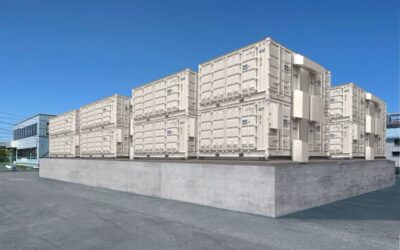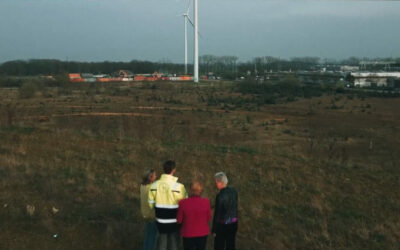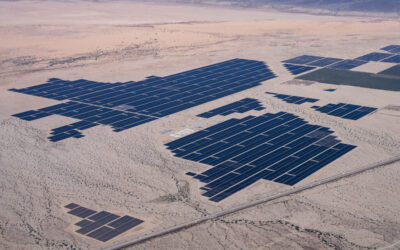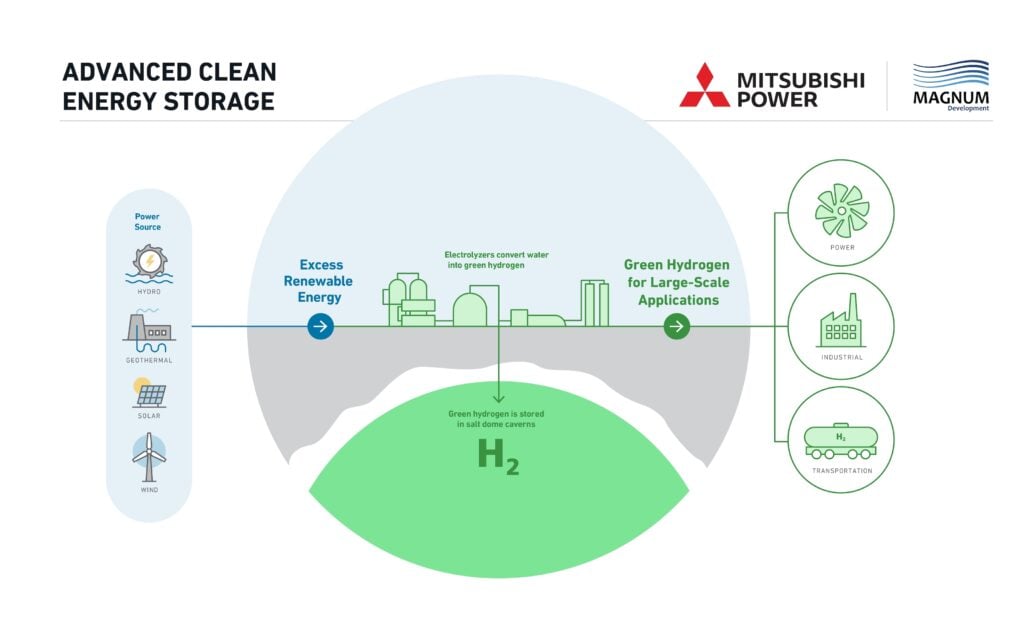
Advanced Clean Energy Storage Project, claimed as the largest green hydrogen storage hub planned globally, will get US$504.4 million loan funding from the US Department of Energy (DOE).
The DOE’s Loan Programs Office said yesterday that it has closed on the half-billion-dollar loan guarantee for the planned facility in Utah, which will combine 220MW of alkali electrolysers with storage capacity in vast salt caverns with 4.5-million-barrel capacity.
Enjoy 12 months of exclusive analysis
- Regular insight and analysis of the industry’s biggest developments
- In-depth interviews with the industry’s leading figures
- Annual digital subscription to the PV Tech Power journal
- Discounts on Solar Media’s portfolio of events, in-person and virtual
Or continue reading this article for free
The Loans Program Office (LPO), which reopened in the early weeks of President Joe Biden’s term with solar industry veteran Jigar Shah at the helm, offered the loan in late April this year, after inviting the project’s co-development partners Mitsubishi Power Americas and Magnum Development to apply, just under a year before that in May 2021.
While the initial invite had said up to US$595 million could be on the table, it appears the figure settled on is nearly a hundred million dollars less for the very long-duration – or seasonal – energy storage plant.
Project information from Mitsubishi Power Americas said the hub would take excess renewable energy from sources including wind, solar, geothermal and hydroelectric.
Hydrogen created from those sources will then be used as fuel in a combined cycle power plant by Utah utility cooperative Intermountain Power Agency.
That means the hydrogen (H2) will be blended with natural gas, but the project partners aim to have the power plant, called IPP Renewed, running fully on H2 by the year 2045, increasing the proportion of hydrogen to hag incrementally over time.
The initial aim is to have the 840MW hybrid power plant running on 30% hydrogen by 2025 when the hydrogen hub comes online.
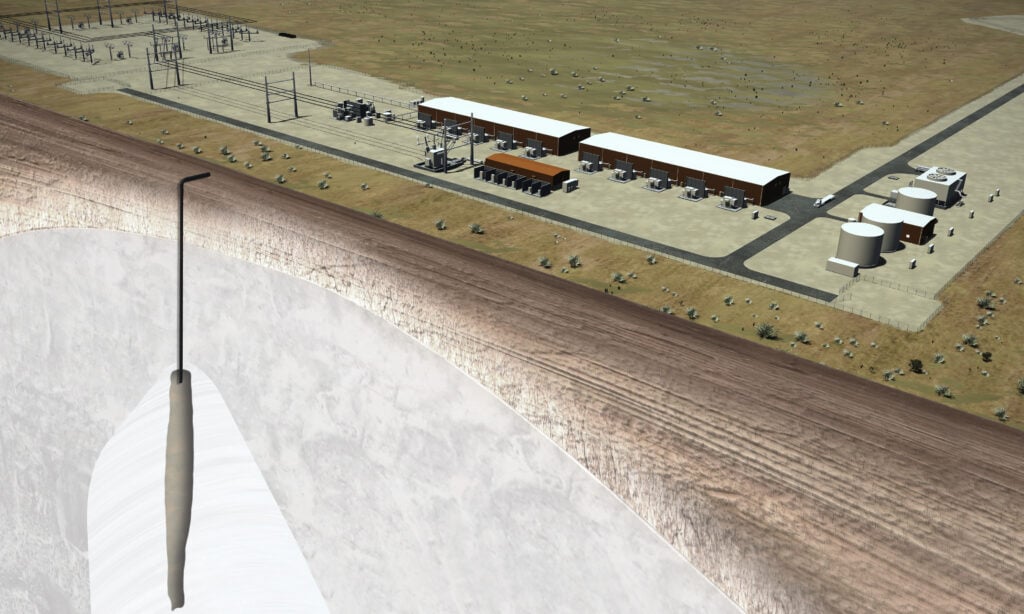
In an interview with Energy-Storage.news earlier this year, Mitsubishi Power Americas SVP for energy storage Tom Cornell said that it is likely the transition to 100% green hydrogen can actually be achieved much earlier, sometime between 2030 and 2035.
As well as enabling decarbonisation, the Advanced Clean Energy Storage Project is also being built as a replacement for a retiring 1,800MW coal power plant near the area of Delta, Utah, where the facility will be sited.
The project will create up to 400 jobs during the construction phase and 25 permanent jobs once it is completed and commissioned.
The Loan Programs Office said that the climate benefits of the project include allowing much more renewable energy to be used that would otherwise be curtailed and lost and contributing to grid stabilisation.
“I’m pleased to see DOE support Utah’s efforts to become a world leader in hydrogen. This is not only a win for Millard County and Utah, but it is also an important step toward developing new energy technologies as we utilise an ‘all of the above’ approach to meet our energy demands,” Utah Senator Mitt Romney said.
It marks the first new loan issued by the office in nearly a decade. From its total budget, thought to be in the range of US$40 billion over four years, around US$3 billion was set aside for Innovative Clean Energy Projects. The Utah project’s funding has come from this pot and that means about US$2.5 billion remains.
In April, as the conditional commitment for the loan guarantee was announced, the LPO said it had also offered a conditional commitment to lend US$107 million towards the development of a battery graphite factory in Louisiana. That plant is being built by Syrah Technologies, which reportedly already has an off-take deal with Tesla for its EV batteries.
“Accelerating the commercial deployment of clean hydrogen as a zero-emission, long-term energy storage solution is the first step in harnessing its potential to decarbonise our economy, create good paying clean energy jobs and enable more renewables to be added to the grid,” US Secretary of Energy Jennifer Granholm said of the US$504 million loan guarantee.
The project is also in-line with Department of Energy aims to help lower the cost of hydrogen technologies as well as lowering the cost of energy storage capacity, especially for long-duration applications.
Earlier this week, the DOE also said it intends to leverage US$8 billion from the Bipartisan Infrastructure Law which the Biden-Harris Administration successfully passed, to fund regional hydrogen hubs around the US.
The department said hydrogen is crucial to its strategy for achieving the country’s decarbonisation targets of a 100% carbon-free electricity grid by 2035 and net-zero carbon emissions by 2050.

